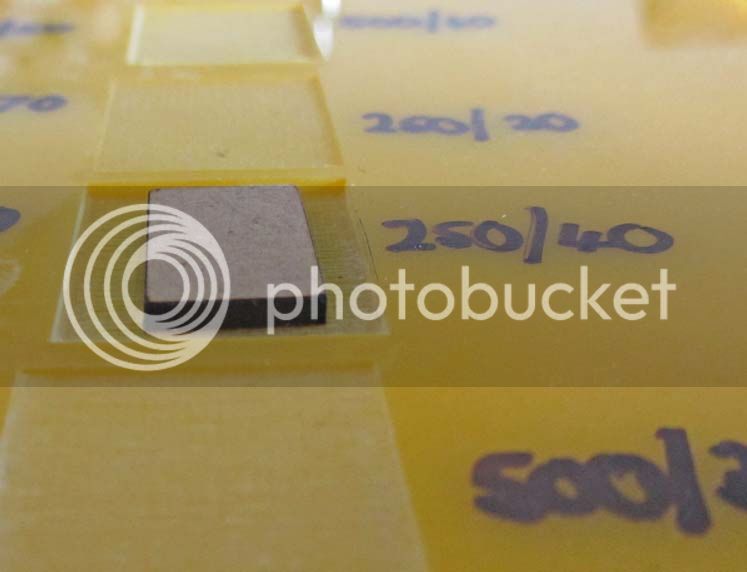- Joined
- 11 Mar 2009
- Messages
- 1,314
- Reaction score
- 11
Hi,
Trying to route acrylic using both 10mm and 20mm twin flute TCT cutters from Welden Tools, but am getting the occasional chip on the edge of the acrylic. I have turned the speed down on the router to number 3 which is quite slow, but still get the odd ship. I am plunging into the acrylic to a depth of 2mm.
Anyone know the best way of achieving a plunge cut into acrylic, as I cannot have a single edge chip as the product I am trying to manufacture has to be 100% imperfection free.
Anyone have any ideas?
Thanks
Trying to route acrylic using both 10mm and 20mm twin flute TCT cutters from Welden Tools, but am getting the occasional chip on the edge of the acrylic. I have turned the speed down on the router to number 3 which is quite slow, but still get the odd ship. I am plunging into the acrylic to a depth of 2mm.
Anyone know the best way of achieving a plunge cut into acrylic, as I cannot have a single edge chip as the product I am trying to manufacture has to be 100% imperfection free.
Anyone have any ideas?
Thanks








